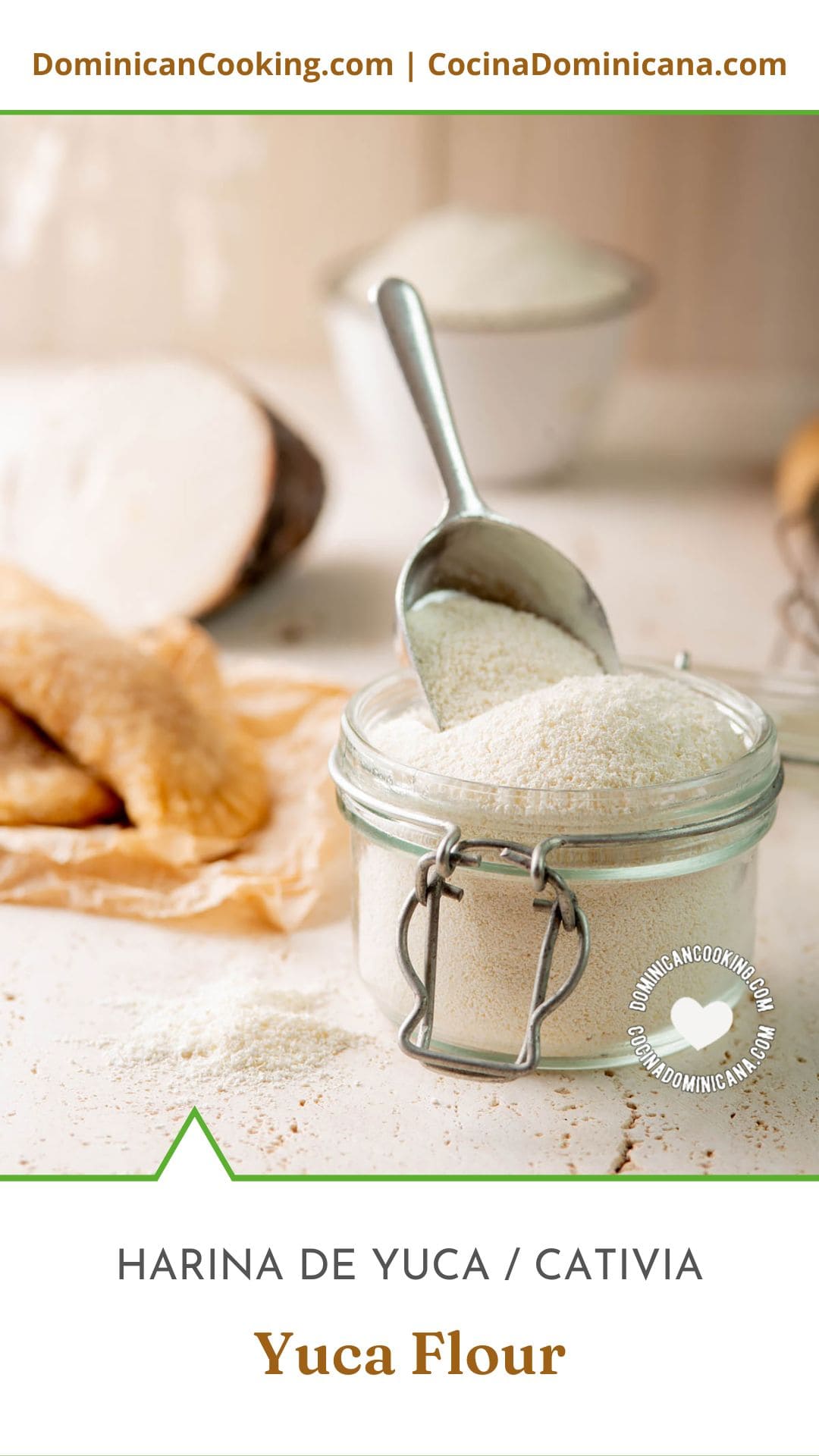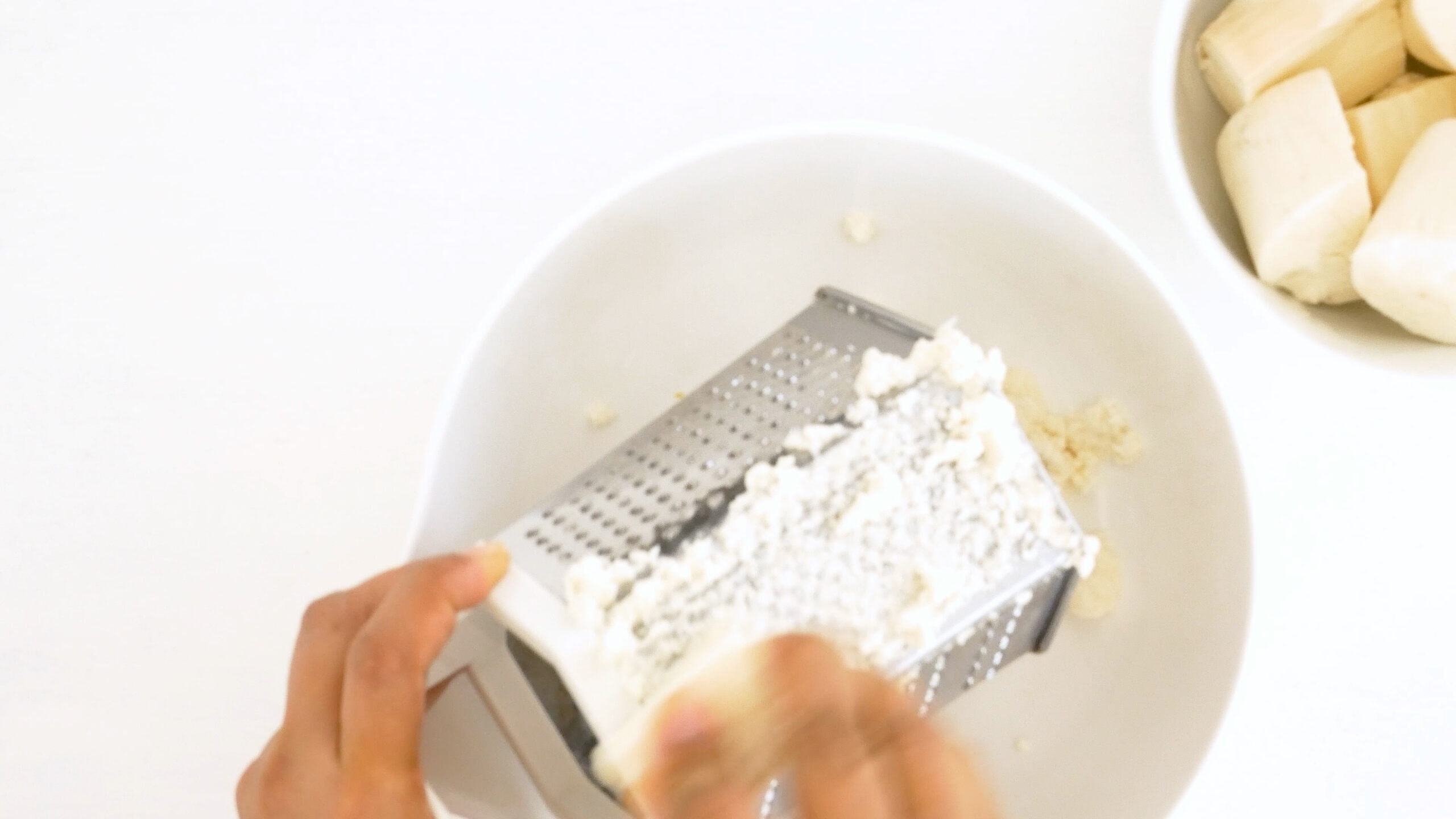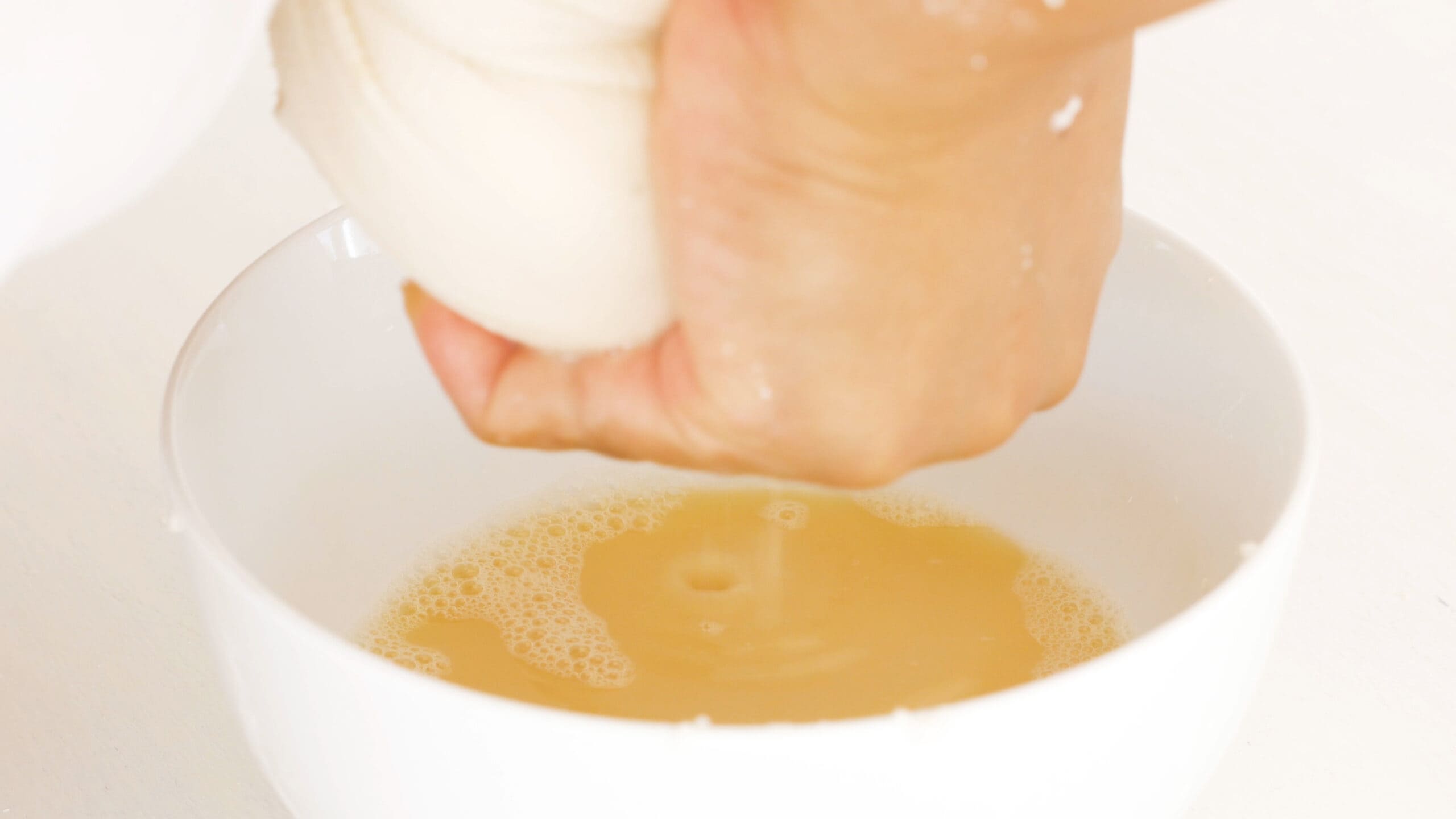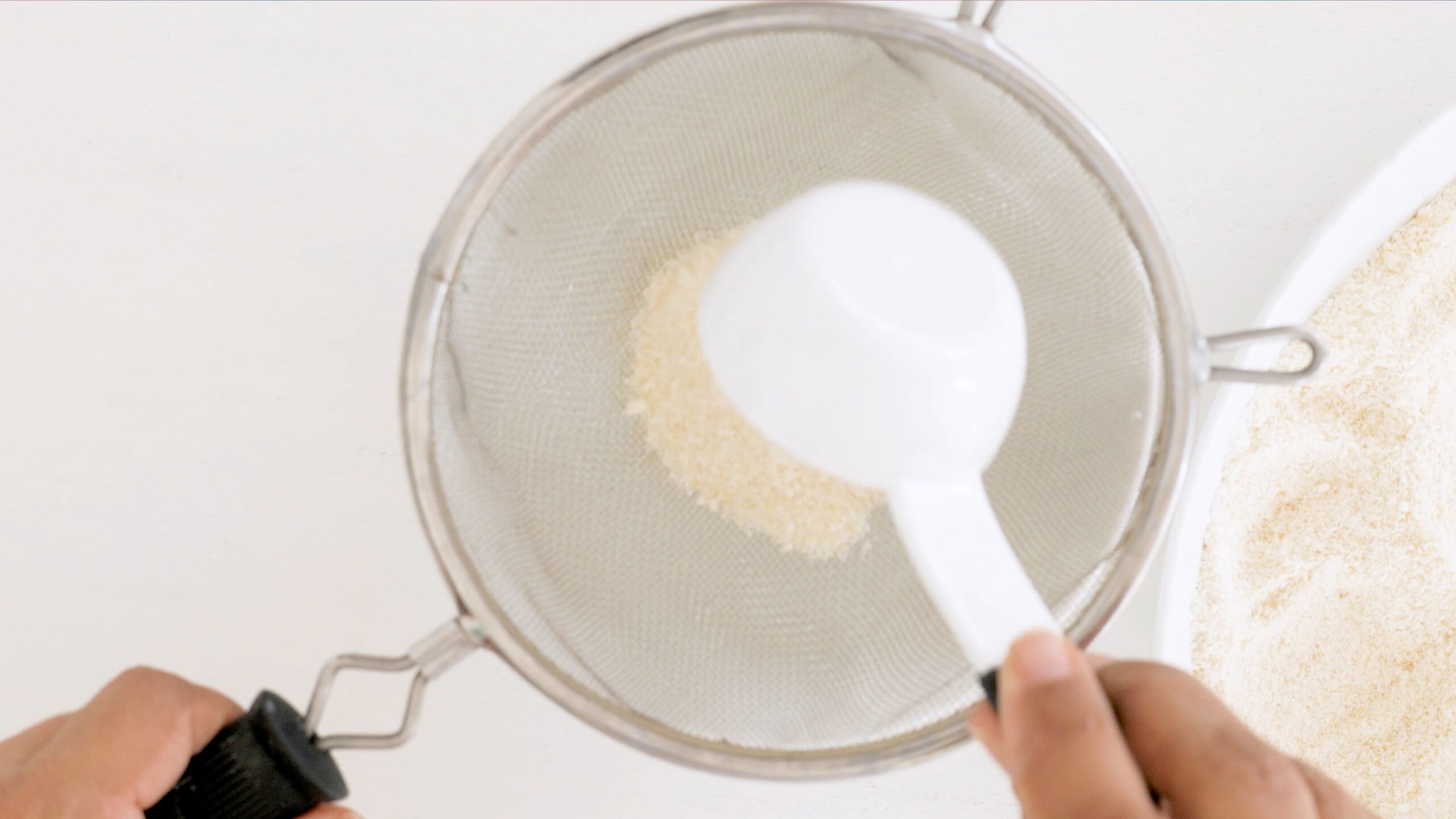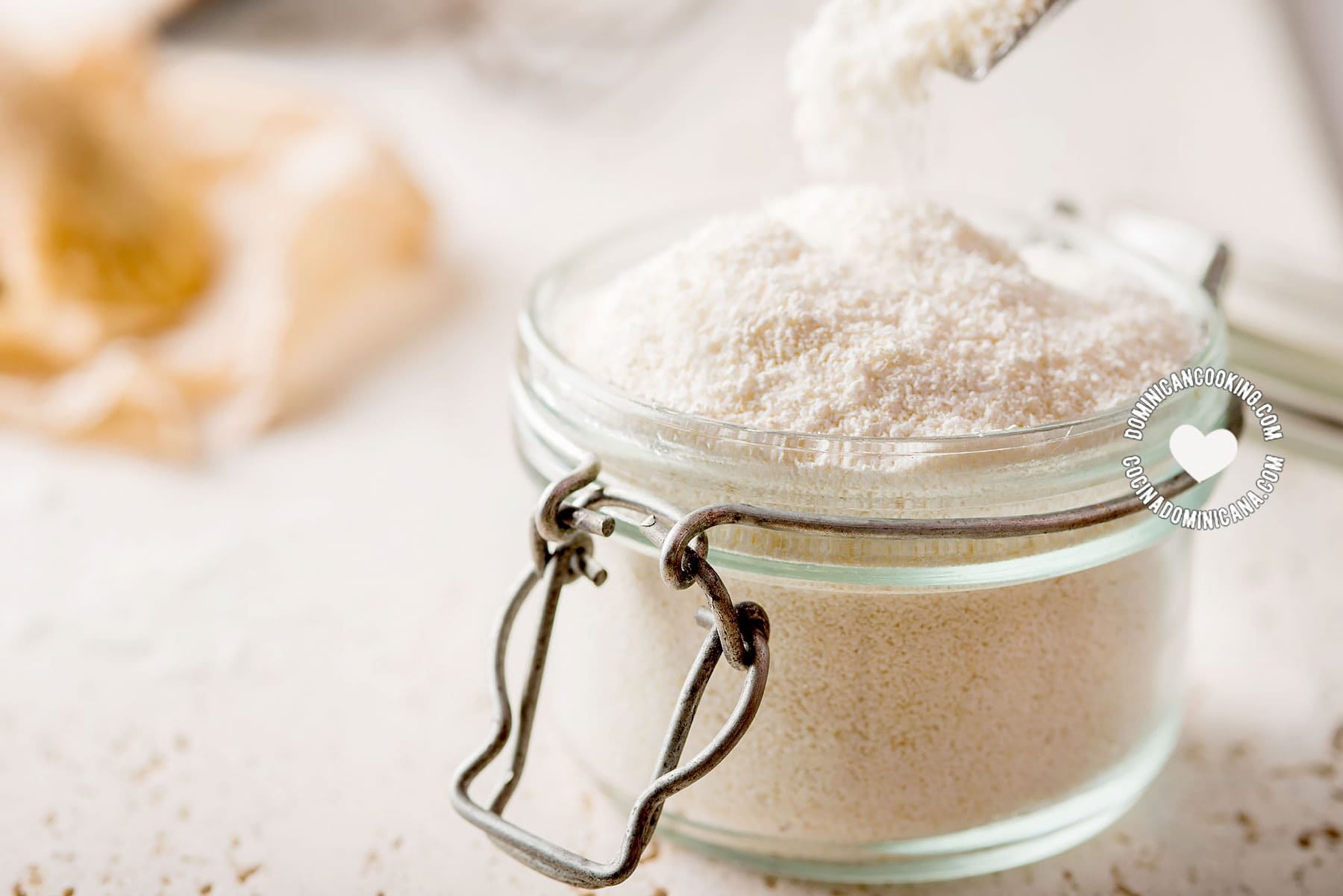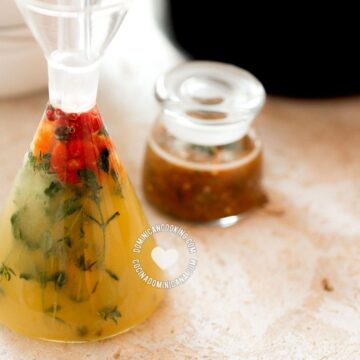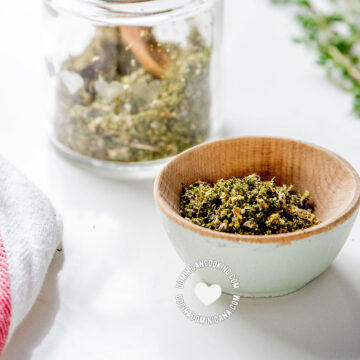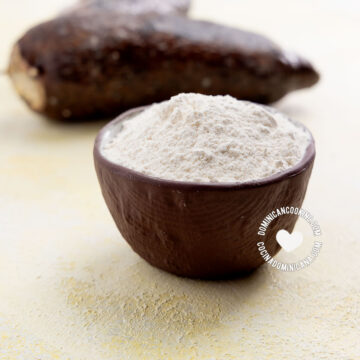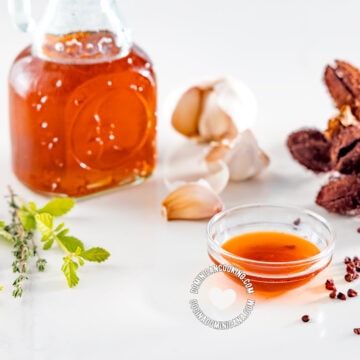Harina de yuca (yuca flour, cassava flour, cativía, catibía or tapioca) is one of the most ancient foods in our cuisine, and the base of a few traditional dishes, like casabe and yuca empanadas. See how easy it is to make and store, and ways to use it in some tasty dishes.
By - Last reviewed . Published Jun 24, 2017
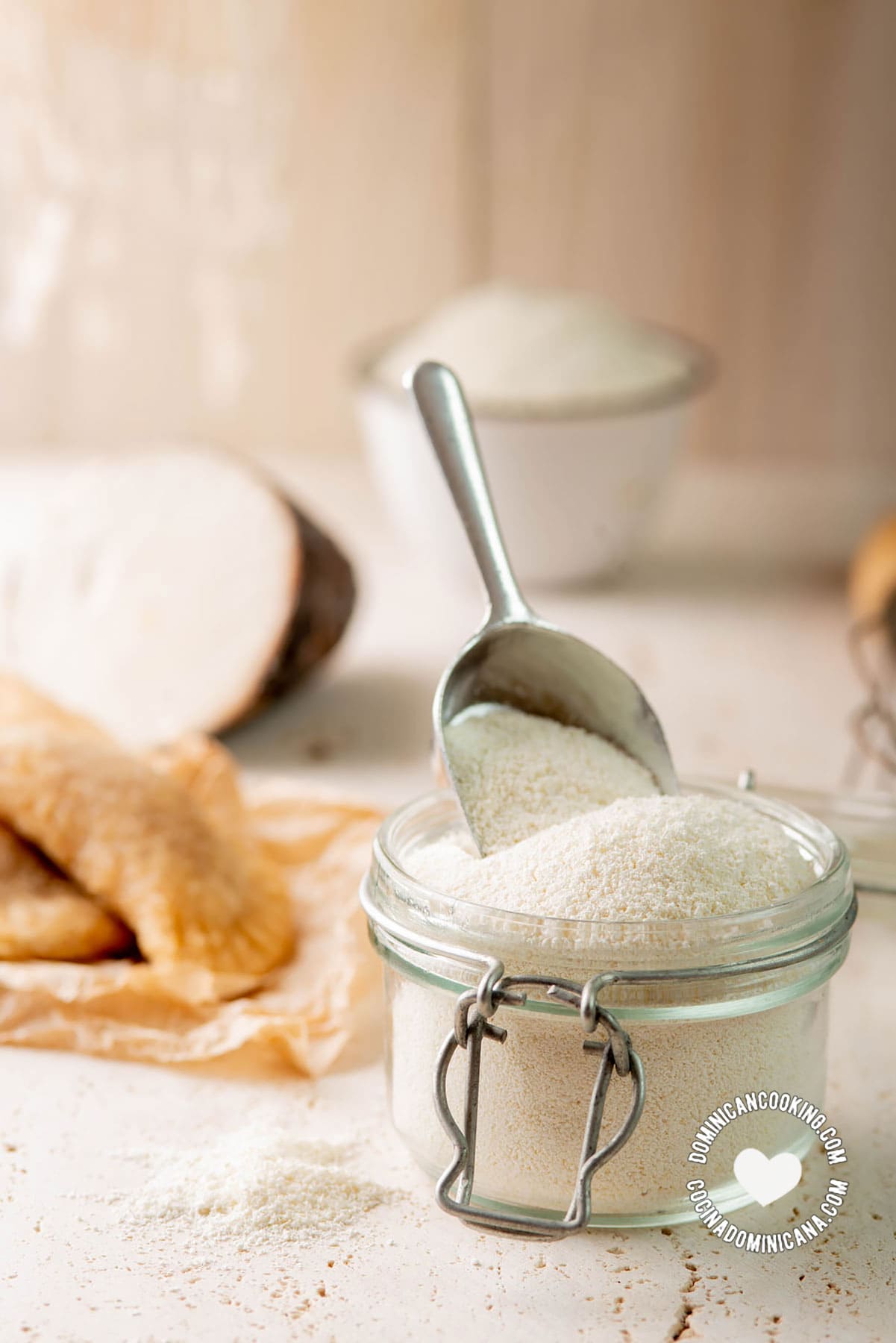
Why we ❤️ it
We already have a recipe for cativía (or catibía) in our collection, so this may be confusing. More on that below...
If you live in the Dominican Republic, this may not be something you'd ever need to make at home, since we can use fresh yuca, or buy harina de yuca in supermarkets, but if you can't find it so easily, be heartened that making yuca flour is much easier than you might think.
What is catibía/yuca flour?
Let me start by clarifying what cativía is: Dominicans also use the name for empanadas de yuca, but cativía is, in fact, the name for cassava flour (also known as tapioca flour) made from the yuca root (cassava root). It has a mild flavor and can be made with a course of fine texture depending on the intended use.
Yuca flour has its own attributes and cannot substitute regular wheat flour in most dishes, but its neutral flavor lends itself to savory, and sweet dishes.
Yuca (a starchy root vegetable) is one of our favorite tubers, and you can learn more about yuca and see more yuca recipes.
Health benefits of cassava flour
Homemade yuca flour is certified gluten-free and grain-free. So if you're celiac or have gluten sensitivity and are searching for great gluten-free flours, this might be a great choice to experiment with.
It can be the base for many meatless and vegan dishes and is perfect for people allergic to nut flours and people on a paleo diet.
You can see its nutritional information, including vitamins, dietary fiber, and minerals below.
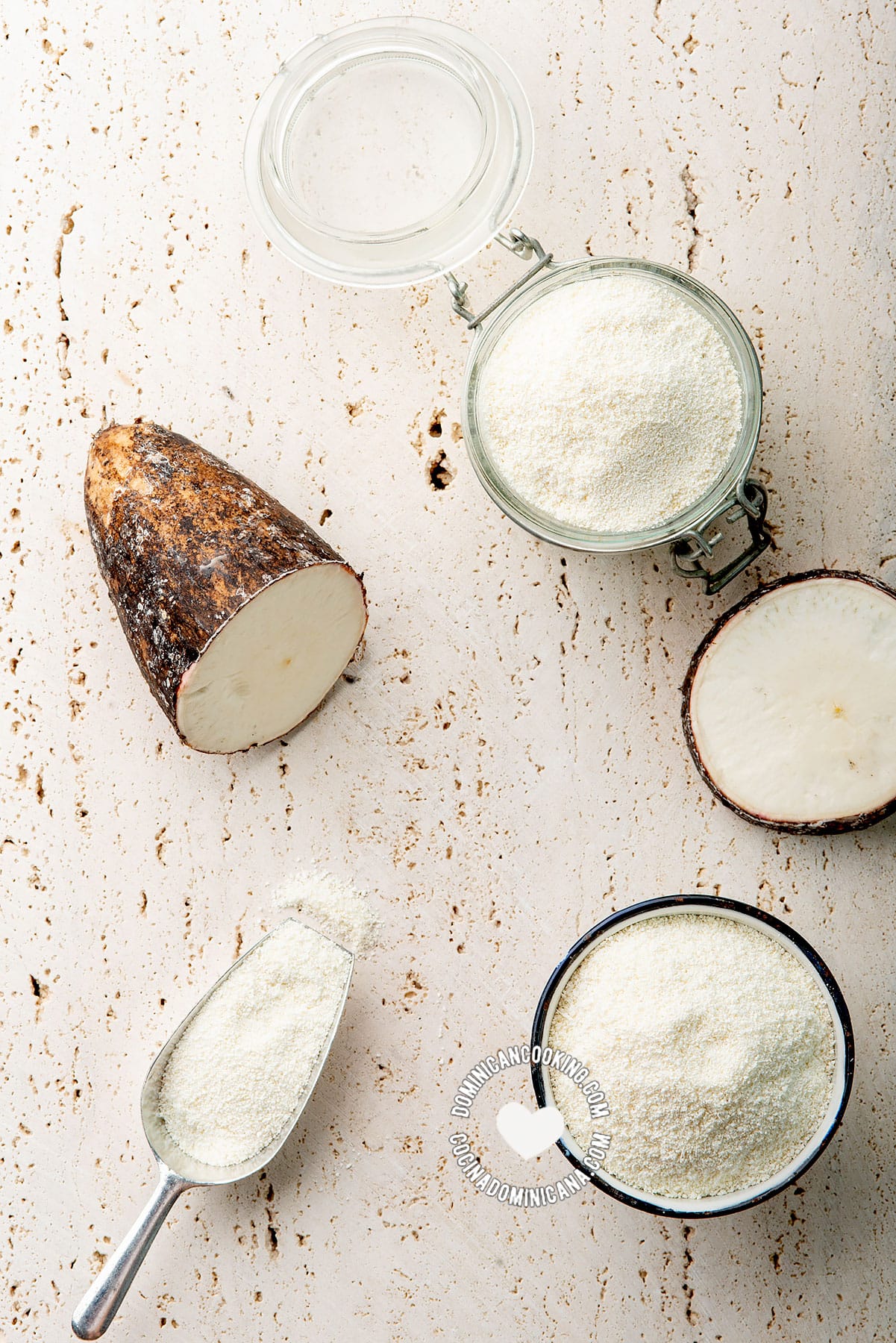
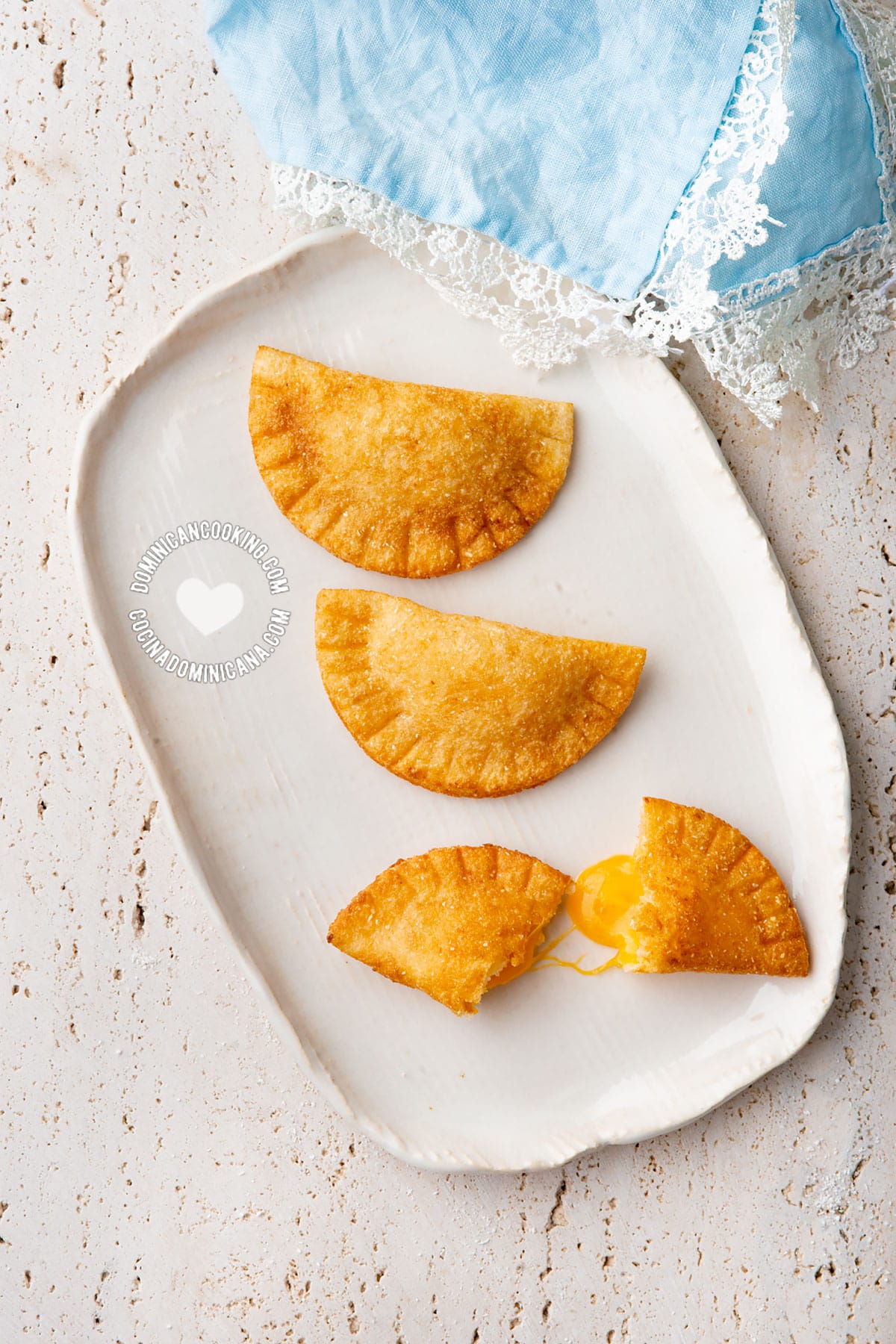
Cassava flour and yuca empanadas.
Top tips
- The refrigerator works as a handy substitute, but if you have an actual dehydrator, this is a great time to use it. The traditional way of drying it is out in the sun, so you can try sun-drying if you live in a hot sunny place.
- Store in a lidded jar. I've found one week to be the limit because, on two occasions, it grew some mold after five days, even in the fridge, proof that the flour wasn't 100% dry, but that was the best I could do with the resources at my disposal. You can try other methods if you feel like doing extra testing alone.
- A dehydrator and vacuum packing might solve the problem, but I don't have either of these gadgets. If you dehydrate it, you can store in a fresh dry place in an airtight jar.
How to use yuca flour
You can make yuca empanadas, and we have a cassava cake recipe we published long ago that is made with yuca flour, so you can try that one too.
Prior to dehydrating it, you can use it to make casabe (cassava bread).
About this tapioca flour recipe
So, if you're asking yourself what the point is of making this by hand, other than a clumsy attempt at Luddism or misguided purism (after all, cassava flour is available in supermarkets), the answer is no: I have not fallen for some sort of culinary prescriptivism - this is an entirely practical matter. Let me explain...
The purpose of this recipe, or how-to, if you will, is to make another attempt at simplifying the process of making yuca empanadas, and, having taught you how to make cassava flour at home, you can make catibia empanadas at home with an ingredient that is far more durable than fresh yuca.

Video
Recipe
This awesome free recipe contains Amazon affiliate links, we receive a small commission from any purchase you make at no extra cost to you. Thanks for your support!
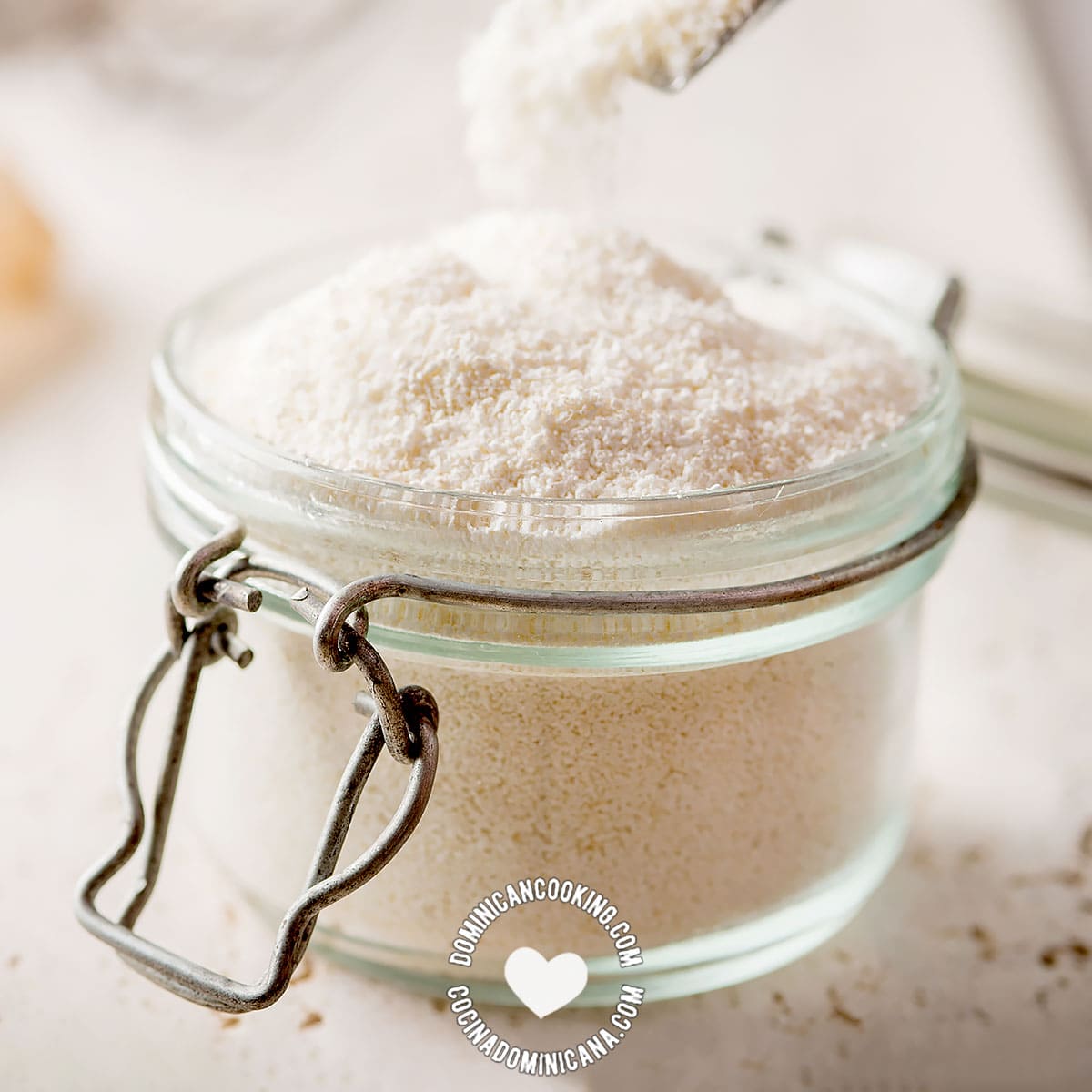
Yuca Flour [Recipe + Video] Cativía, Cassava Flour, Tapioca
Ingredients
- 1.17 pound yuca (cassava), [530g], peeled and washed
Instructions
1. Grate yuca
- Grate the cassava with the least coarse side of the grater.
2. Extract starchy liquid
- Using a clean cotton cloth, squeeze the cassava until you extract as much liquid as possible.
3. Dry
- Spread on a baking tray, breaking clumps, it should be slightly damp and the texture will be similar to grated parmesan.Refrigerate uncovered for 24 hrs or until it has dried completely (see notes). Sift and discard any large clumps.
4. Store
- Keep refrigerated in an airtight container. It lasts up to two months.
Nutrition
Nutritional information is calculated automatically based on ingredients listed. Please consult your doctor if you need precise nutrition information.
Want to save this recipe?
Enter your email & I'll send it to your inbox. ❤️ Plus, get great weekly recipes from me!
History of cativía
First, cativía is part of our Taino heritage. It was an important part of their diet, and they used it to make Casabe (for which they used slightly damp cativia before it dried completely). We are lucky that colonial writers paid attention to this and wrote about it. As a result, we have a pretty good idea about the importance of this ingredient and how it was prepared.
Here are a few things about cativía (also catibía [1] ): Making it during pre-Columbian times was very labor-intensive, especially because the variety of yuca widely available at the time had a high toxin content that was eliminated by the cativia-making process. The process of squeezing the liquid out of the yuca (which is also how most yuca-based dishes are made) was needed back then to eliminate these toxins [2]. For other yuca-based dishes, other methods like fermentation were also used. In the Dominican Republic, we are lucky that the yuca we buy practically anywhere is non-toxic and can be cooked however we wish.
Frying wasn't part of the Taino culinary repertoire, so the fried empanadas we know now could not have come from their culture. That came later, and it's probably one of the first examples of "criollo" cuisine, merging a Taino product with a dish and cooking method that came with either the conquistadors, enslaved Africans, or both.
Catibía (or whatever is called locally) is used in Africa, Brazil, Venezuela and several other countries. It is used to make cassava breads, cakes, pancakes, as a thickening agent, and many other ways.
Reference
- Comer Catibía. Josefina Ortega. La Jiribilla: Revista de Cultura Cubana.
- Cocina Caribe



